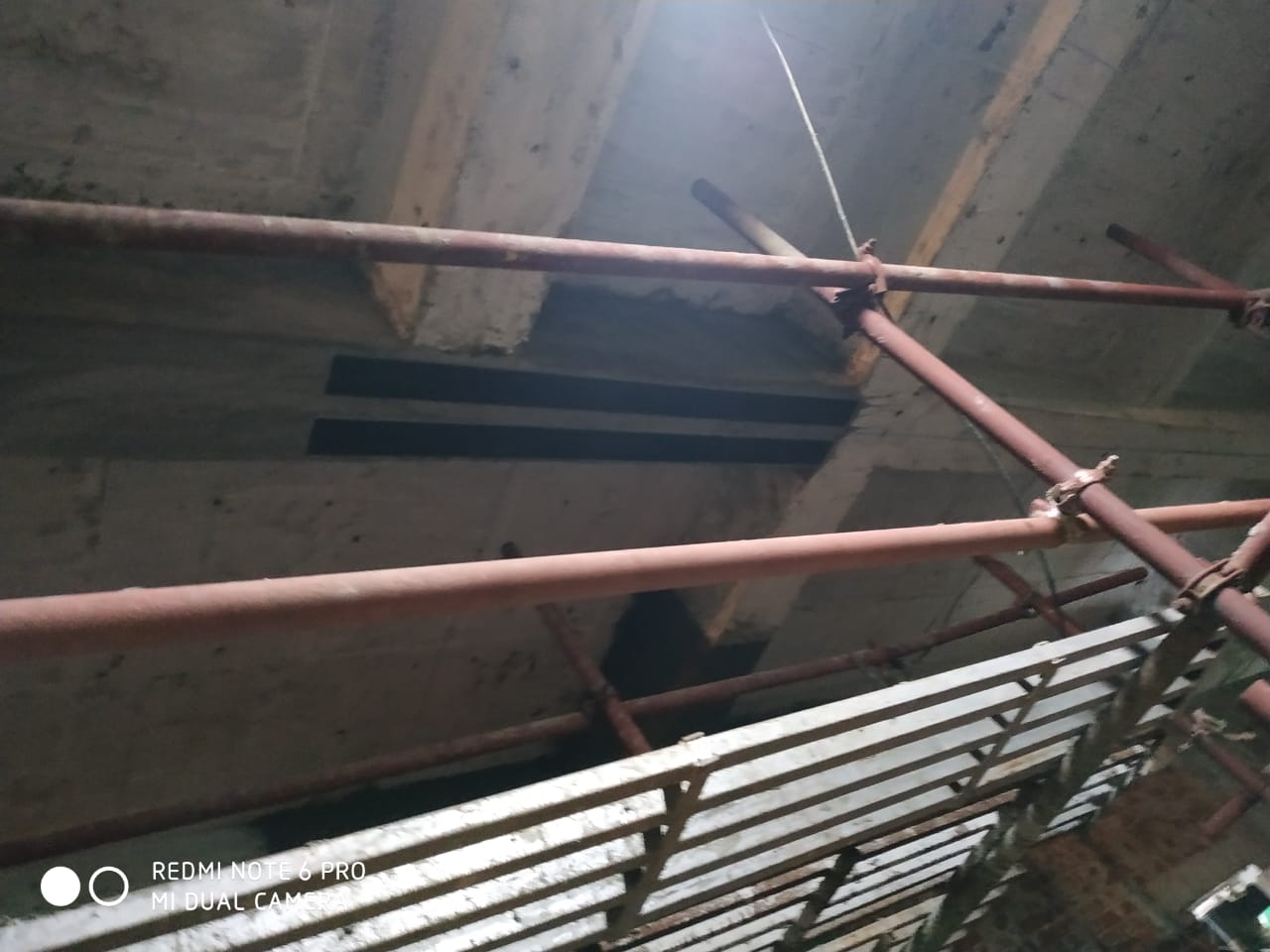Flexural strengthening is an important method used to improve the load-bearing capacity of concrete structures. Over time, buildings, bridges, and industrial structures face stress, cracks, or reduced durability due to increased loads or material deterioration. Flexural strengthening ensures that beams, slabs, and girders can resist bending forces more effectively. In cities where infrastructure is constantly in use, the need for reliable strengthening techniques has grown, especially in the construction and repair sectors.
Why Flexural Strengthening is Needed
Concrete structures often encounter issues like overloading, design errors, material degradation, or environmental effects. These challenges reduce their ability to handle bending stresses, making them unsafe in the long run. Flexural strengthening becomes essential to extend the life of structures while maintaining safety. It is not only about repairing visible cracks but also about improving structural performance to meet present and future demands, especially in urban and industrial regions.
Methods Used in Flexural Strengthening
Several techniques are available for flexural strengthening depending on the type of structure and its condition. Common methods include the use of steel plates, fiber-reinforced polymer (FRP) composites, and section enlargement with concrete jacketing. Among these, carbon fiber wrap and glass fiber wrap are gaining popularity for their lightweight properties and high strength. Each method has unique advantages, but the choice depends on structural requirements, budget, and durability needs.
Carbon Fiber Wrap for Flexural Strengthening
One of the most effective methods used today is carbon fiber wrap for beams and slabs. This technique involves applying thin sheets of carbon fiber reinforced polymer around the surface of the concrete element. Carbon fiber wrapping increases flexural strength without adding significant weight. It is widely used in retrofitting projects for bridges, commercial complexes, and industrial facilities. Engineers prefer this method for its easy installation, minimal disruption, and long-term durability.
Flexural Strengthening of Beams and Slabs
Beams and slabs are the most common elements needing flexural strengthening. Due to heavy loads, dynamic forces, or structural modifications, these parts of buildings often lose their capacity to resist bending. Flexural strengthening of beams and slabs restores structural integrity and ensures safety. Strengthening can also support increased live loads, such as machinery in factories or additional floors in residential or commercial projects. This makes it a cost-effective solution compared to complete reconstruction.
Advantages of Flexural Strengthening
Flexural strengthening provides multiple benefits that go beyond repairing damage. It improves load-bearing capacity, enhances structural durability, and helps meet updated design codes. Another major advantage is that strengthening allows structures to be upgraded without demolition, saving both cost and time. For growing cities where space is limited, this method is practical and sustainable. Additionally, advanced techniques like carbon wrapping require less maintenance while offering long service life to concrete structures.
Flexural Strengthening in Bridge Structures
Bridges experience continuous stress from vehicles, weather conditions, and aging materials. Flexural strengthening in bridges is crucial for safety and performance. By using carbon fiber wraps or steel plates, engineers can significantly increase bending resistance. This ensures bridges remain functional even under higher traffic loads. Strengthening also prevents sudden failures and minimizes maintenance costs. As traffic and heavy transportation rise, flexural strengthening is becoming a common choice for highway and railway bridge rehabilitation.
Flexural Strengthening for Retrofitting Projects
Retrofitting projects often involve upgrading old structures to modern standards. Flexural strengthening plays a central role in retrofitting, as it enhances structural strength without replacing existing elements. For example, commercial buildings undergoing expansion often require slab and beam strengthening to support new loads. Similarly, industrial plants rely on flexural strengthening to handle vibrations and heavy equipment. Retrofitting through flexural strengthening makes it possible to reuse structures effectively while ensuring compliance with safety regulations.
High-Demand Areas for Flexural Strengthening Services
The demand for flexural strengthening services is growing in metropolitan areas where infrastructure is aging but still in use. Residential complexes, office buildings, bridges, and factories require reliable strengthening methods.
Future of Flexural Strengthening
With rapid urban development and increasing infrastructure needs, flexural strengthening will continue to grow in demand. Advanced technologies like nano-engineered composites and smart monitoring systems are being introduced to improve effectiveness. These innovations will help engineers strengthen structures more efficiently and sustainably. As cities expand and existing structures face heavier loads, flexural strengthening will remain an essential solution. Its role in retrofitting, infrastructure development, and industrial safety will only become more significant in the future.
Flexural strengthening has emerged as a reliable and practical solution for extending the life of concrete structures. From bridges and slabs to industrial facilities, it addresses the challenge of increased loads and material deterioration. With methods like carbon fiber wrapping and steel plating, strengthening ensures safety, performance, and cost-effectiveness. As infrastructure demands continue to rise, flexural strengthening remains a critical technique for sustainable construction, retrofitting, and long-term structural resilience.







